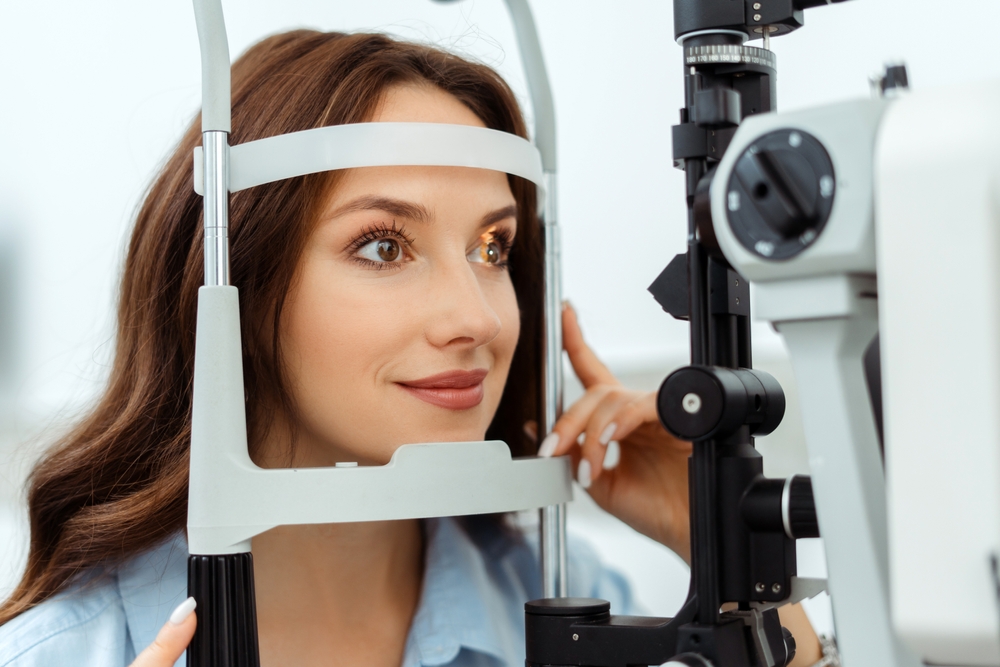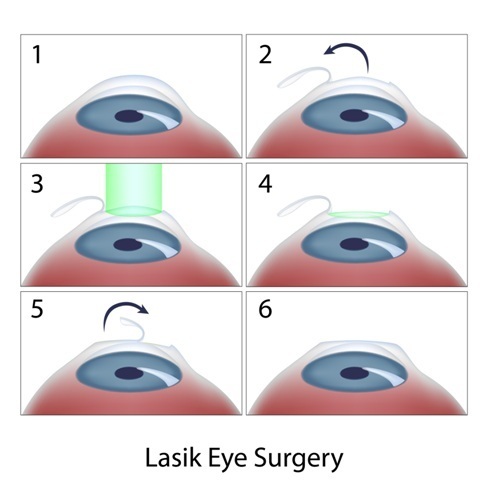Posted by: Clear Advantage in Uncategorized on October 7, 2025
Are you looking for a safe, long-lasting way to correct nearsightedness, farsightedness, and astigmatism? Do you want to achieve freedom from visual aids?
You may be a good candidate for PRK. When considering laser vision correction, patients often focus on convenience and recovery time, naturally gravitating toward LASIK for its faster healing process.
However, for individuals with thin corneas, PRK is often the safer, more appropriate choice for achieving lasting vision correction. If you have thinner corneas and want to enjoy freedom from glasses and contacts, keep reading to learn why PRK may be the better choice for you.
How Corneal Thickness Can Affect Vision Correction Safety
The cornea, the clear front surface of your eye, varies in thickness among individuals. Traditional vision correction procedures, such as LASIK and PRK, involve reshaping the cornea to correct refractive errors, including nearsightedness, farsightedness, and astigmatism.

During LASIK, surgeons create a flap on the surface layer, or epithelium, of the cornea, then fold it back before reshaping the underlying tissue with an excimer laser. This process requires sufficient corneal thickness to maintain the eye’s structural integrity after treatment.
This means patients with thin corneas face increased risks when undergoing LASIK procedures. PRK eliminates these concerns by removing the need for a corneal flap entirely.
Instead of creating a flap, your PRK surgeon gently removes the entire epithelium and applies the excimer laser directly to the exposed corneal tissue. Your cornea’s epithelium then gradually grows back over the next several days, without any risk of flap-related complications.
Why Does LASIK Require a Corneal Flap?

Although LASIK is the most well-known vision correction procedure today, PRK actually predates LASIK as the first vision correction procedure. Because the entire epithelium is removed during PRK, it often takes at least three to five days to recover as it regenerates.
Many patients wanted a procedure with a shorter recovery time, so LASIK was then established as an innovation of PRK. It uses a hinge-like flap to access the cornea, which is then folded back over the eye to act as a natural bandage while patients heal.
This was able to shorten recovery times from several days to often just one or two days of rest. However, this innovation relies on the cornea being thick enough to safely create this flap without complications.
What are the Risks of Getting LASIK with Thin Corneas?
Patients with thin corneas often don’t make good candidates for LASIK, as undergoing the procedure could potentially lead to complications such as corneal ectasia. Corneal ectasia is a condition where the cornea becomes progressively thinner and more curved.
This condition can develop months or years after surgery when insufficient corneal tissue remains to maintain structural integrity. PRK’s approach eliminates flap-related risks entirely.
The procedure removes the epithelium rather than making a flap, which naturally regenerates within days. While this change in technique may result in longer recoveries for PRK patients, Clear Advantage Vision Correction Center uses the same advanced Technolas 217z excimer laser for both LASIK and PRK procedures, ensuring identical precision and customization capabilities.
How to Know if Your Corneas are Thick Enough for LASIK
Clear Advantage Vision Correction Center’s comprehensive vision correction evaluation process identifies which candidates are most likely to benefit from specific treatments. First, they use advanced Orbscan technology to create a detailed map of your cornea with precise measurements.
Patients whose corneal thickness falls below optimal LASIK parameters will likely be recommended PRK, ensuring the safest possible outcome. The evaluation process also includes wavefront analysis, pupil size measurements, and refraction testing.
These factors help customize PRK treatments to achieve excellent visual outcomes while maintaining safety standards specific to patients with thin corneas.
Making the Right Choice for Your Vision
Choosing between laser vision correction options requires careful consideration of individual factors beyond corneal thickness. You may be a good candidate for PRK if you:

- Are at least 18 years old
- Have had a stable prescription for one year or more
- Don’t have autoimmune conditions like lupus, rheumatoid arthritis, or Sjogren’s syndrome that could interfere with the healing process
- Are not pregnant or nursing
- Do not have eye conditions like cataracts or glaucoma
- Have been told you’re not a good candidate for LASIK due to dry eyes
- Play contact sports and want to reduce your risk of injury-related LASIK flap complications
- Want to reduce or eliminate your reliance on visual aids
- Want to save money on the recurring costs of visual aids
- Have realistic expectations about the outcome of PRK
Your eye doctor at Clear Advantage Vision Correction Center will review all of these candidacy requirements at your pre-operative consultation, as well as measure the thickness of your cornea. This appointment is an excellent opportunity to ask questions about the preparation and recovery process, as well as what you can expect for your visual results.
Do you want to discover if PRK could be your key to visual freedom? Schedule an appointment at Clear Advantage Vision Correction Center in Portsmouth, NH, today!






